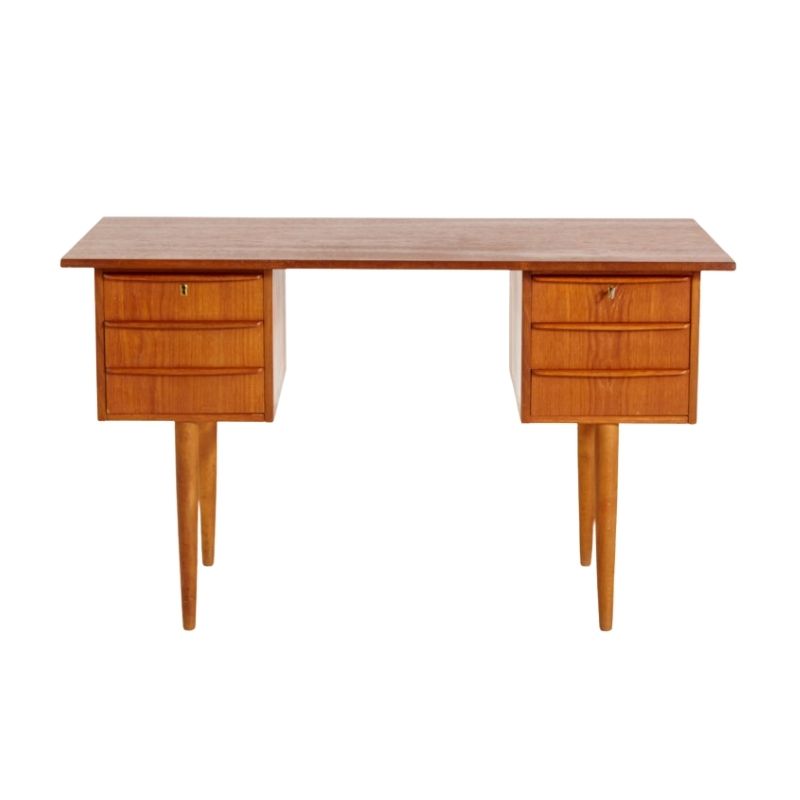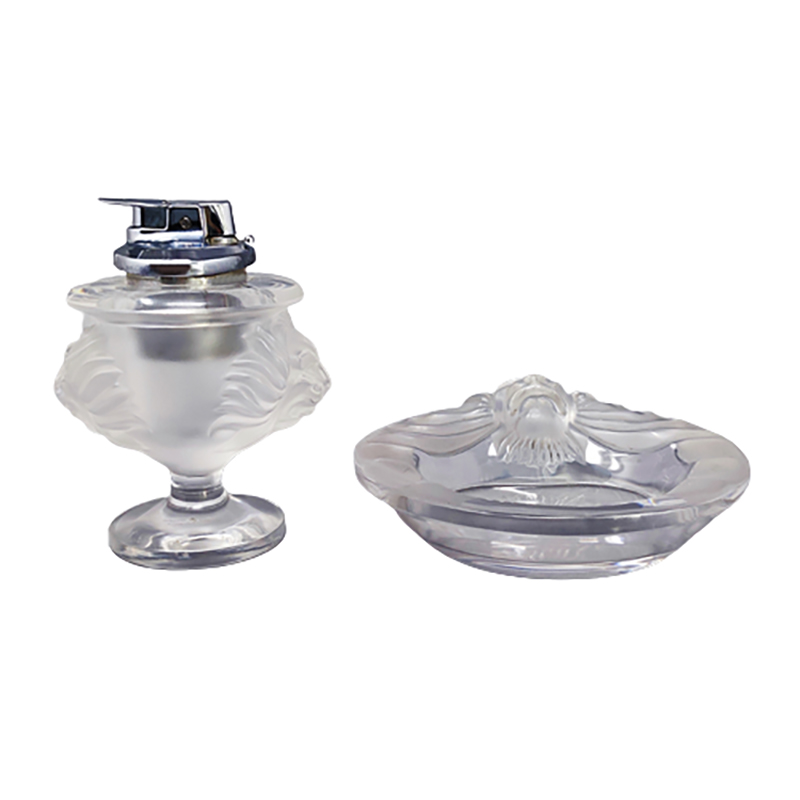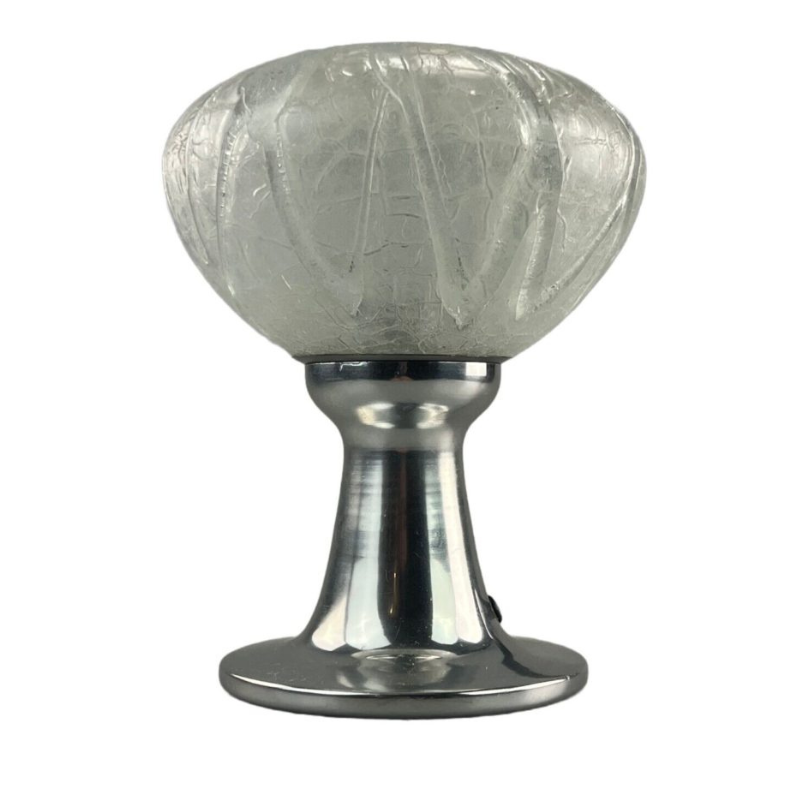These books make me reflect on the fact that during the 40es in Denmark people could still deserve time and energy to design and build beautiful ( and not strictly necessary) furniture, while in many european coutries most of the industry production was converted to military purposes. In this book I found one paragraph where it seems that the (outside of Denmark) situation affects the availability of wood (see pictures).
I guess that the watches industry in Switzerland has undergone a similar situation.
These considerations might be obvious for most, but still worth spending a though.
Cheers, Ernest.
Kyle: If you are interested in ultra high end cabinetmaker pieces, I would say it is fairly complete. If you are interested in later factory pieces or factory designers, you won't see any of that in there. So it is the best resource for identifying the very few pieces at the pinnacle of Danish furniture design.
Ernest: yes, that is one example of polka dots that I was thinking of. Another example would be Finn Juhl's Judas table. And there are other; they might qualify as big circles though, not polka dots.
I got my copy a few dys ago and I'd say it's definitely worth the money if you are really and deeply interested in the danish cabinetmaker-tradition. Although it should be said, that the book consists almost exclusively of photos and sections of contemporary newspaper articles. There's no backgroundstory to it, so it is basically a very large and heavy source book, a work of reference. But having said that, it's the most comprehensive you'll find.
"People buy a chair, and they don't really care who designed it." (Arne Jacobsen)
It's probably worth to summarize the introduction of the book to undestand a bit better what exactly this book is about.
Every year there was a little fair where cabinet makers and designers would present their new ideas and prototypes. The pieces exposed would be photographed and commented, and all the relative articles and photographs have been resurrected by Grete Jalk (with the help of others) and beautifully put into these 4 volumes.
You'll find inside the 4 volumes furniture from a small group of cabinet makers, which participated regularly to these meetings. You'll see beautiful pieces which unfortunately are impossible to find these days, due to the fact that they never went to mass production. But some are very famous pieces.
But you won't find many other remarkable cabinet makers, as Moller or Andreas Tuck, to cite a few. The reasons why they did not take part to this annual event, I do not know.
Because furniture cathalogues from that time are not available or very rare, these 4 volumes fill partially the gap. Worth having them in my opinion, but don't expect you won't need any help from the experts of this forum to identify your pieces again.
Cheers,
Ernest.
PS: please correct me if I have written something wrong, as I am the least of the experts here.
Some quick, but important clarifications:
- the exhibitions were sponsored and comprised of Copenhagen-based cabinetmakers. The term cabinetmaker (snedker) or master cabinetmaker (snedkermester) are historical prestigious titles bestowed upon guild members who were able to achieve certain levels of skill, quality, and speed. There were many other snedkermesters around the country who did not participate in these exhibitions.
- J.L. Moller and Andreas Tuck were furniture factories that were developed to meet increased demand (much of it overseas) and cost pressures which the low-volume cabinetmakers could either not handle or did not want to handle. Quite a few of these early furniture factories were headed up by snedkermesters, who modified their traditional method of working to adapt to a more modern economic/production climate. Carl Hansen, who was run by the snedkermester, Holger Hansen, during the middle of the Danish Modern heyday, is a good example of a such a factory.
- with a few exceptions, there is an inherent quality difference between cabinetmaker furniture and factory furniture. The former was mostly handmade with traditional joinery and craftmanship. The latter used mostly dowels joints and machine-made parts, which could be produced more efficiently for larger scale production.
These are fairly quick comments. Here is link to a paper which goes into Danish Modern in much greater detail. I would recommend this paper (and have) to anyone who wants to have a better understanding of Danish Modern history: www.ebha.org/ebha2004/papers/6D3.doc
Andreas Tuck was actually an existing business very similar to Carl Hansen. The Hansen and Tuck families were on friendly terms. The Hansen family brought the Tuck family into the Salesco consortium to make Wegner furniture. So whatever title applies to Carl Hansen should just about equally apply to Andreas Tuck. In my personal opinion Andreas Tuck might have done the finest work of any of the Salesco companies.
M
If you need any help, please contact us at – info@designaddict.com









